Have you ever heard of edible succulents? Yes, those robust and charming little plants that decorate our homes can also be an unexpected source of flavor for our kitchen! Let's embark together on this delicious and surprising journey to discover how to grow edible succulents in your own garden.
Discover the Varieties of Edible Succulents
To the edible succulents are becoming increasingly popular in gardens for their bold shapes and hardy nature, but some people also enjoy them for their flavor. Here are some edible succulents that, despite some of their intimidating appearances, are great candidates for edible landscapes.
1 – Prickly Pear (Opuntia Ficus-Indica)
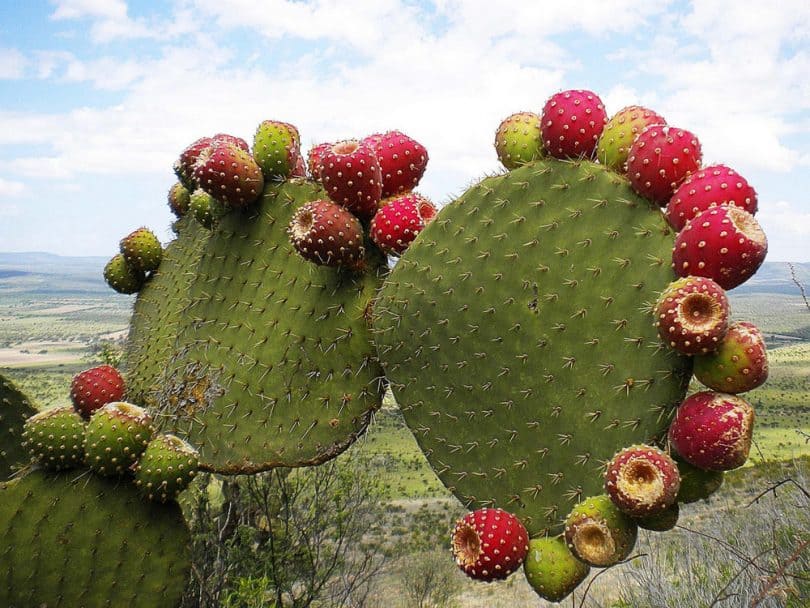
The prickly pear, with its exotic appearance and tasty fruit, is a fascinating edible succulent. Originally from the Americas, it is famous for its juicy fruit, the tuna, and its pads, known as nopales. When preparing them, be careful of the glochids – those tiny spines can be a challenge!
2 – Dragon Fruit

Known as pitaya, dragon fruit is a sight to behold. This cactus, originally from Central America, produces fruits with sweet pulp and black seeds, ideal for smoothies or for eating straight. If you live in warm regions, grow it carefully and enjoy this exotic wonder.
3 – Aloe Vera (Aloe Barbadensis)
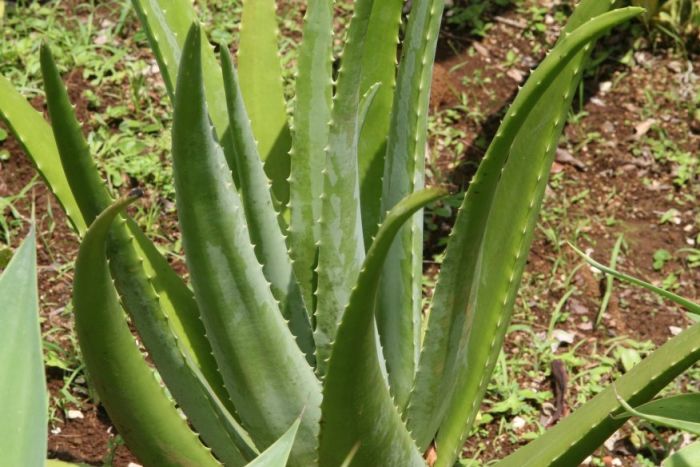
Aloe vera is more than just a medicinal plant; its fleshy leaves are also edible. Rich in moisturizing and anti-inflammatory properties, Aloe barbadensis can be added to salads or smoothies. Grow it in sunny areas and enjoy its many benefits.
4 – Purslane (Portulaca Oleracea)
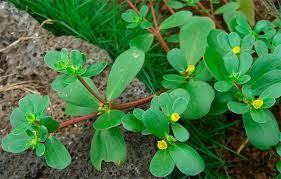
Purslane, often thought of as a weed, is a nutritious succulent. Rich in omega-3, its leaves and yellow flowers are edible and delicious in salads. Easy to grow, it thrives in dry soil and full sun.
5 – Saguaro Cactus (Carnegiea Gigantea)
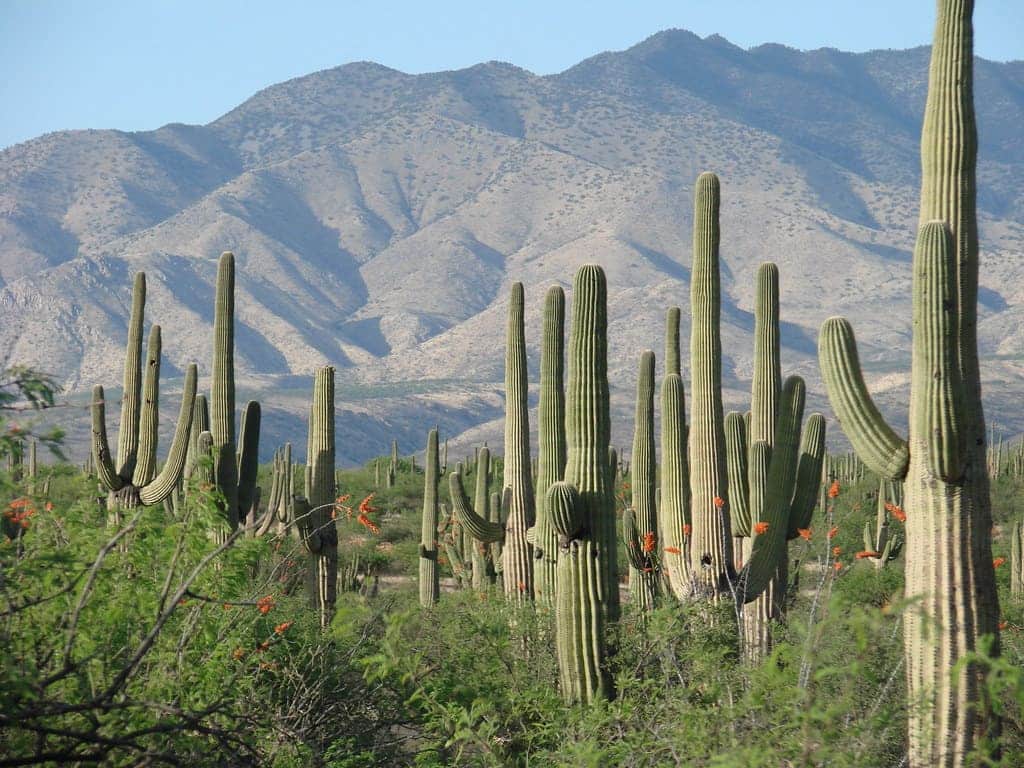
The majestic Saguaro cactus, an icon of the Arizona desert, offers sweet, succulent fruits. However, remember: it is a protected species. If you want to grow it, be prepared to wait patiently.
6 – Barrel Cactus (Ferocactus Wislizeni)
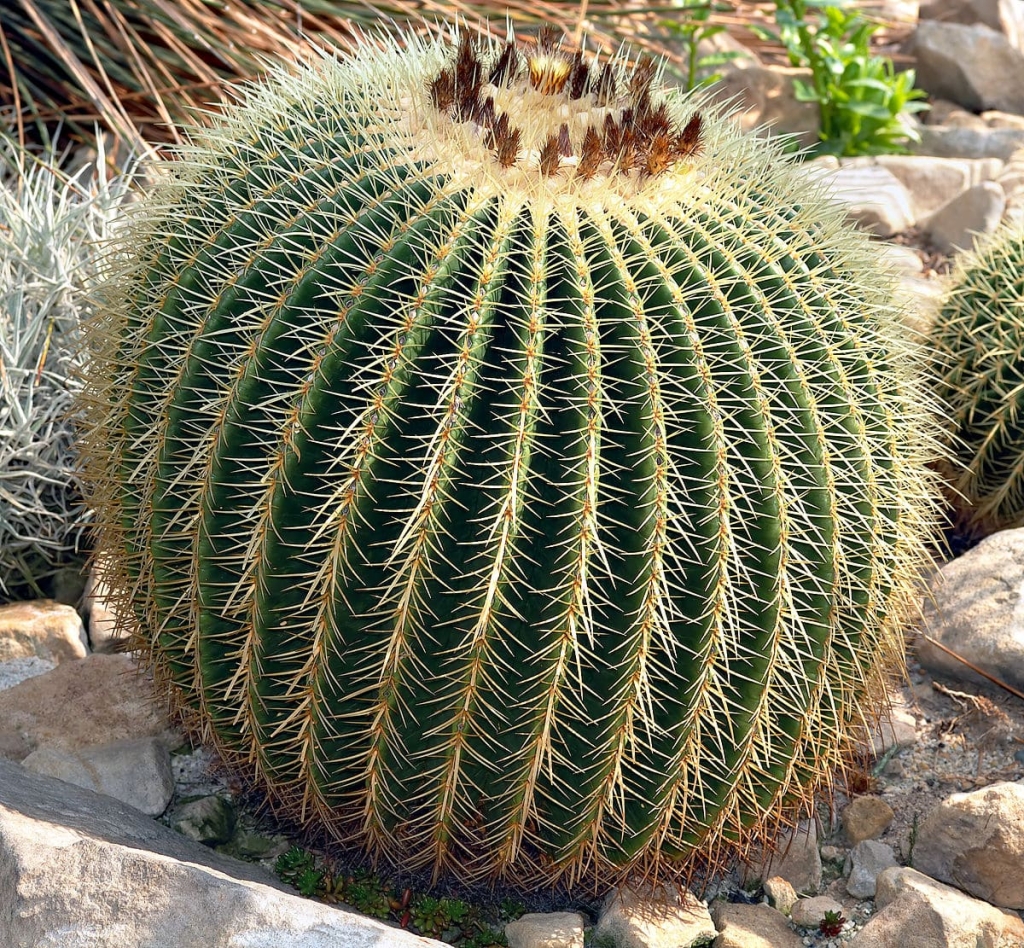
The barrel cactus isn’t just a visual delight; its fleshy yellow fruits are edible. Despite their sour taste, they can be made into delicious preserves. The cactus’ inner flesh is also edible, a true desert gastronomic experience.
7 – Chalk Lettuce (Dudleya Edulis)
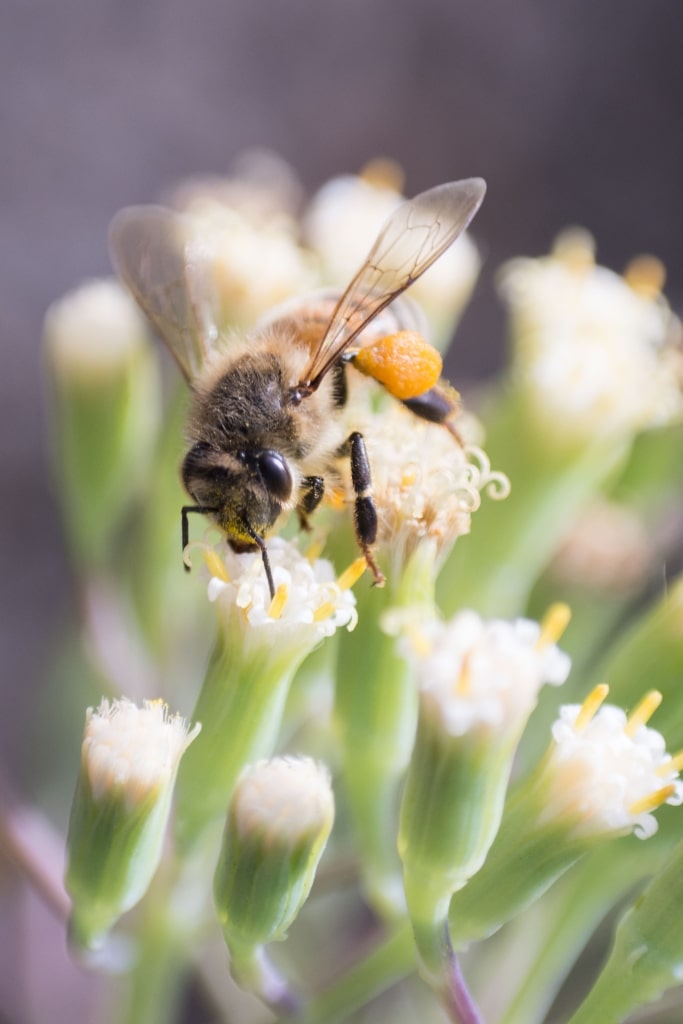
Dudleya, or chalk lettuce, with its cylindrical, fleshy stems, is a succulent that is edible when cooked. With a sweet and slightly chalky flavor, it is ideal for those seeking unique and exotic flavors in their cooking.
8 – Stone Plantation (Sedum Species)
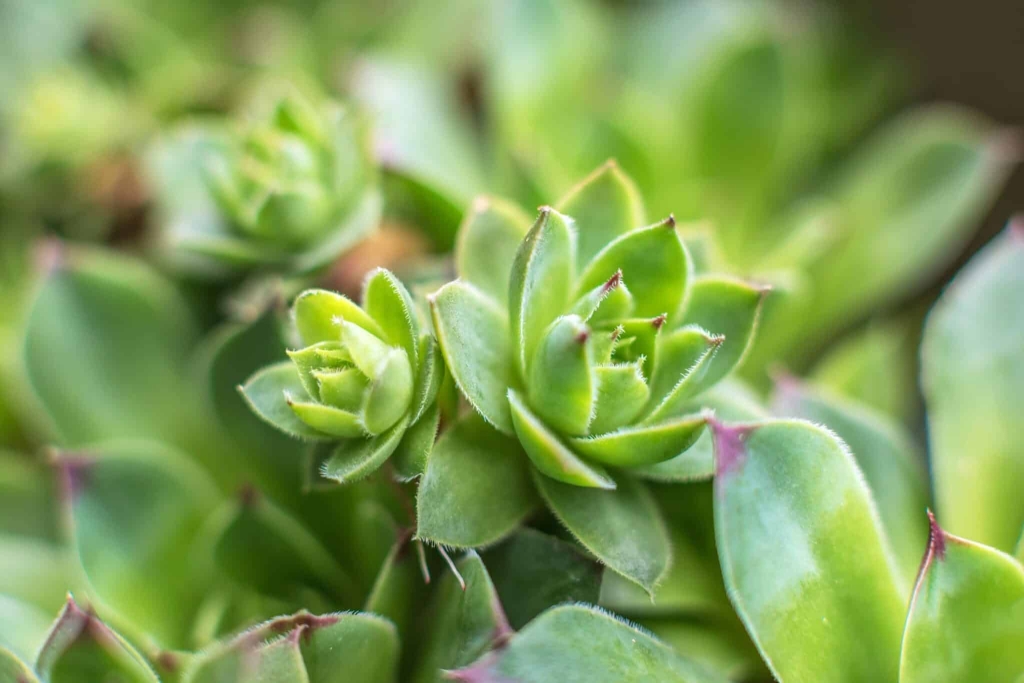
Sedum, also known as stonecrop, is a versatile edible succulent. Its crunchy leaves are great in salads, but beware of toxic varieties. Grow it in well-drained soil and full sun for optimal growth.
9 – Banana Yucca (Yucca Baccata)
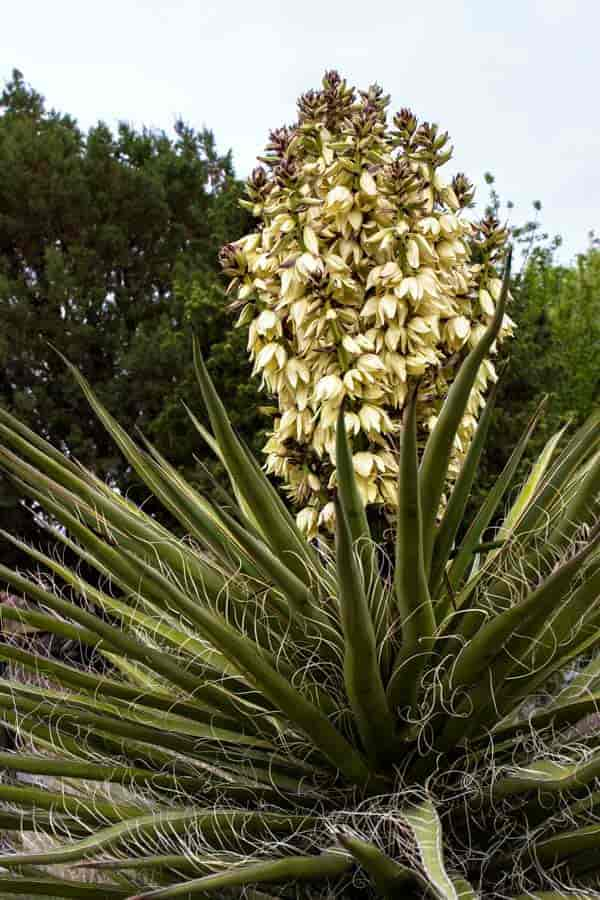
The banana yucca is notable for its long, sweet fruit. Both the fruit and the flowers are edible and can be used in a variety of ways in the kitchen. This drought-tolerant plant is ideal for gardens in arid regions.
10 – Sea Beans / Sea Asparagus (Salicornia Europaea)
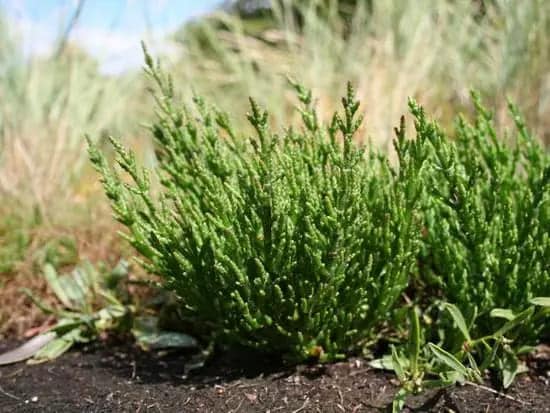
Last but not least, we have the sea pea, also known as the sea pea. With a unique salty flavor, it is perfect for adding a touch of the sea to your recipes. Grow it in full sun and don’t forget to water it with a saline solution for an authentic flavor.
Conclusion
Growing edible succulents in your garden is not only a rewarding activity, but also a way to explore exotic and nutritious flavors. As well as being easy to care for, these plants bring a special touch to your kitchen and table.
Curiosity: Did you know that some edible succulents have been used for centuries in traditional medicinal practices? For example, Aloe Vera has been known for millennia for its healing and moisturizing properties!
Frequently Asked Questions
Which succulents are safe to eat?
The succulents mentioned in this article, such as prickly pear and dragon fruit, are safe to eat. However, always properly identify the plants before consuming them.
How can I use Aloe Vera in the kitchen?
The inner gelatinous part of Aloe Vera can be added to smoothies or salads. Remember to remove the bitter outer skin.
Is purslane really nutritious?
Yes! Purslane is rich in omega-3s, vitamins, and minerals, making it a healthy addition to your diet.
Is the Saguaro cactus legal to grow?
Saguaro cactus cultivation is restricted as it is a protected species. Check your local laws before attempting to grow it.
How can I grow dragon fruit?
Dragon fruit prefers warm climates and can be grown outdoors in regions with a climate similar to Central America.
Can I eat all parts of the barrel cactus?
Yes, all parts of the barrel cactus are edible, but it is important to process them properly to remove the spines and reduce the bitterness.
Explore the world of edible succulents and discover a universe of flavors and possibilities in your garden!
Did you like this amazing tip? If so, share it with your friends and on your social networks. Leave your comment below and your suggestions. Receive it daily here on our website. Blog of ideas and tips free and follow us on Google News too. Thank you!